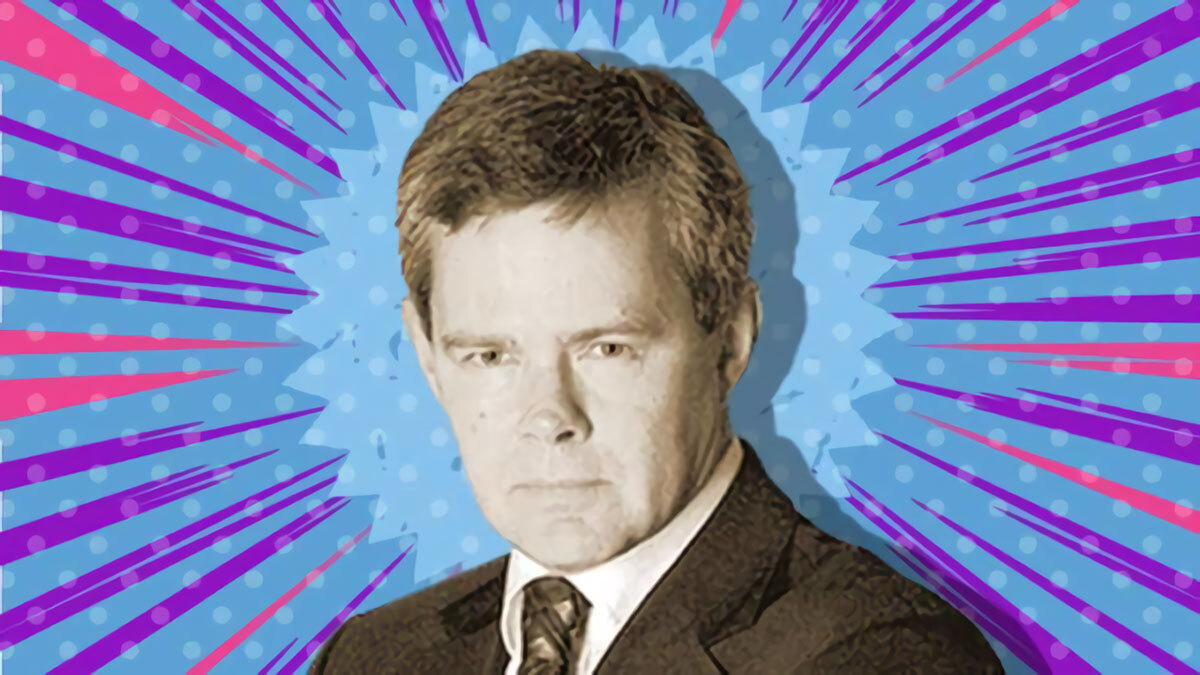Barry FitzGerald: Who will you be cheering on when the copper supply cliff approaches?

‘Garimpeiro’ columnist Barry FitzGerald has covered the resources industry for +35 years.
Garimpeiro has mentioned before that everyman and his dog believes the world is facing a supply cliff in copper by 2025, regardless of the economic slowdown that the attack on 40-year highs in inflation is bound to bring.
There simply isn’t enough investment in new mine supply in the pipeline to make up for the decline in grades at existing mines and the closure of mined out operations at a time when demand will be zooming ahead because of the global push on decarbonisation through electrification.
That thematic is not doing the copper price any good at the moment. Last quoted at around $US3.30/lb, the price is down heavily on the opening price for the year of $4.46/lb and last (calendar) year’s average of $US4.24/lb.
Not to worry. It means the copper stocks are a lot cheaper than they were. And to Garimpeiro’s way of thinking, the approaching supply cliff – which the market will front run – is not that far off. Afterall, it’s almost Christmas.
As mentioned previously, major miners like BHP and Rio Tinto are positioning themselves by making combined takeover bids of $13 billion for lesser likes to boost their exposure to copper.
But they are both still heavily weighted towards iron ore. So leverage to the upside that a 2025 supply cliff will deliver to the copper price (BHP and Rio are thought to be assuming $US4.80-$US5/lb prices by then) rests elsewhere.
Add in the rider that the exposure should come with a long mine life in a Tier 1 location, and without the need to spend hundreds of millions of dollars on power supplies and infrastructure, and the options on the ASX are limited.
One that does pop out though is Caravel Minerals (ASX:CVV). It has been trading at 22c for a market cap of $92m. Along with the other copper juniors, it is on “sale’’ in that it was trading at 31c at the start of the year.
The porphyry copper mineralisation at the namesake project near the town of Wongan Hills in Western Australia’s central wheatbelt region was only discovered in 2010 but now stands as a 2.84 million tonne copper resource.
Caravel’s current market cap does not match the scale of the resource, primarily because the market has trouble getting its head around the 0.24% grade of the copper mineralisation. The local market in particular has been brought up on much higher copper higher grades.
But by holding back on Caravel, the market is overlooking the fact that Caravel’s grade is pretty much the average grade of the North American copper industry. The focus should be on whether a project can turn a dollar or not through the cycle, and there are plenty of examples of much higher grade copper mines struggling to do just that.
As it happens…
Caravel fits the bill thanks to low mining costs, excellent metallurgy, and the infrastructure/power benefits of its location.
All that came through in a recently updated pre-feasibility study update that lowered the all-in sustaining cost estimate to $US2.37/lb. Spread that across planned output of 60,000t of copper-in-concentrates annually, and Caravel will have serious earnings power.
That is particularly so if copper prices do take off as 2025 approaches. A US50c increase in the copper price would add $1 billion to the project’s net present value, currently estimated at $1.3-$1.7b.
Before all that though, there is a $1.2 billion capital expenditure requirement to get the 30-year project into production. A big ask for a company with a $92m market cap.
But the coming supply cliff means there is lots of scope for financing-linked offtake agreements, a strategic joint venture deal with a partner with deep pockets, and/or a selldown of project equity.
Garimpeiro checked in with Caravel executive director Alasdair Cooke on that score during the week.
“We have said no to a few offers and we will just keep looking until we find a match that looks good. We are focused on getting an alignment with a smelter or a trader who doesn’t want control and who can add value to the project by assisting in the finance,’’ Cooke said.
“All of the producers and traders are very much aware of the coming supply cliff in copper. A couple of years out, the level of demand rapidly outstrips the level of supply.’’
Related Topics

UNLOCK INSIGHTS
Discover the untold stories of emerging ASX stocks.
Daily news and expert analysis, it's free to subscribe.
By proceeding, you confirm you understand that we handle personal information in accordance with our Privacy Policy.








